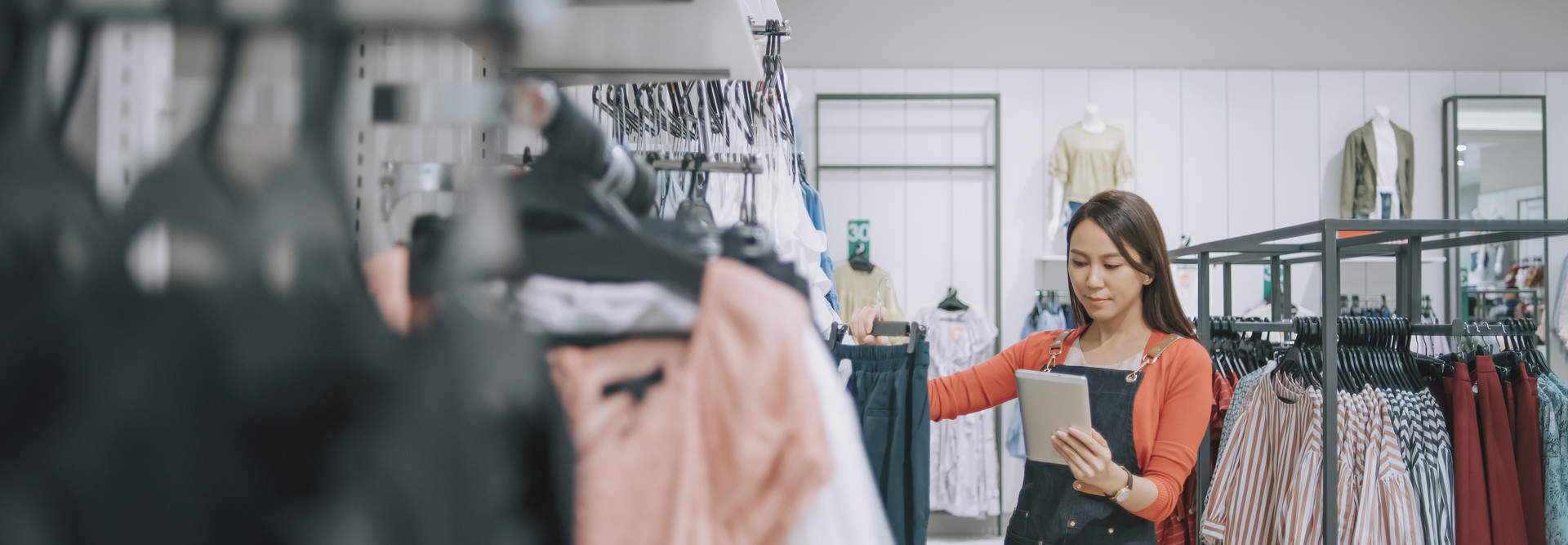Unifying Data Is a Critical Challenge in Retail
The new offering will make it easier for retailers to unify siloed data sets to get a more holistic view of their customers, allowing them to build more detailed profiles of individual consumers to drive more personalized shopping experiences. At the same time, merchants will also gain greater insight into their supply chains, allowing better real-time inventory management with predictive analytics.
“Retail is an industry that’s never had a shortage of data, but historically there have been systems of record and systems of engagement, and these were disconnected,” Bransten says. With respect to customers and supply chain data, she says, “it was like the two shall never meet. What’s different now is connecting that demand data with the supply data and doing it in a real-time way.”
Retailers have also sought to equip retail workers with collaboration technologies similar to what workers in corporate and home offices enjoy. Store associates have complained about a lack of tools at their disposal, according to new Microsoft research released last week. The latest Microsoft Work Trends Index found that 75 percent of retail workers think companies aren’t investing as much in technology for frontline workers as they are in customer-experience tech, Bransten said.
In response, Microsoft has integrated its Teams walkie-talkie app with many Zebra Technologies handheld computers, which are among the most commonly used mobile devices in the retail industry.
“That integration with Teams, that’s a new capability, so that on the device the frontline worker can use a lot of the capabilities that information workers take for granted,” Bransten says.
NRF 2022: Follow BizTech's coverage of Retail's Big Show.
Why Retail Enjoys ‘Digital Optimism’
Bransten argues that retail has distinguished itself from other industries during the pandemic by both its willingness to embrace digital transformation and the speed with which it has deployed new solutions. Microsoft calls this retail’s “digital optimism” — the sense within the industry that technology will help clear any hurdles.
The environment in which retailers are operating hasn’t changed very much since stores were allowed to reopen shortly after the beginning of the pandemic. Retailers are dealing with “supply chain challenges, labor challenges and increasing consumer expectations,” Bransten says, which was precisely the situation during the NRF Big Show in 2021.
“That’s definitely still the backdrop,” Bransten says. “What I’m seeing that’s really different is the speed and pace of the deployment of digital tools. Our customers, whether it’s a Walmart or a Walgreens, have gotten better at things like forecasting demand, matching demand and supply in terms of getting the right store associates to work or flexing their e-commerce muscles. We’re seeing a lot of our retail customers acting in some ways like tech companies do, in terms of adopting technology, putting it into market and being more nimble.”











